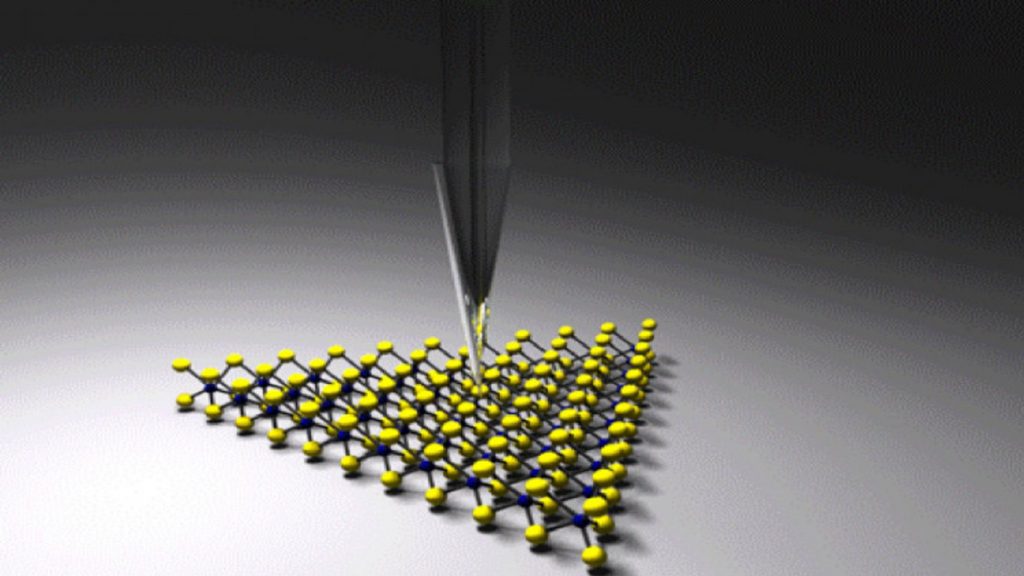Nanomaterials have become increasingly popular in the manufacturing of electronics. However, they have one problem. Their size is so small that they cannot reflect enough light to show fine details like colors even when powerful microscopes are used to magnify them.
Recently, a team of researchers from UC Riverside has developed a solution for this issue. They have created a piece of imaging technology that compresses lamp light into a nanometer-sized spot, holding that light at the end of a silver nanowire. This approach helps to reveal the details that were previously skipped.
It cannot be said that this technique is completely new. There have been precedents of it in the past. This has been used in the observation of molecular bonds at 1-nanometer spatial resolution without the need for a focusing lens.
The mechanism did not stop there. The researchers further enhanced the approach by enabling it to measure signals spanning the whole visible wavelength range, essentially squeezing the light from a tungsten lamp into a silver nanowire with near-zero scattering or reflection.
“It is like using your thumb to control the water spray from a hose,” Ming Liu, associate professor in UC Riverside’s Marlan and Rosemary Bourns College of Engineering and study co-author, said.
“You know how to get the desired spraying pattern by changing the thumb position, and likewise, in the experiment, we read the light pattern to retrieve the details of the object blocking the 5 nm-sized light nozzles.”
The light that results is then made to focus into a spectrometer where it scans the probe over an area, recording two spectra for each pixel. The colors are then shown through the carbon nanotubes.
“The atomically smooth sharp-tip silver nanowire and the nearly scatter-less optical coupling and focusing are critical for the imaging,” Ruoxue Yan, study co-author, said. “Otherwise there would be intense stray light in the background that ruins the whole effort.”
The new study is published in Nature Communications.

